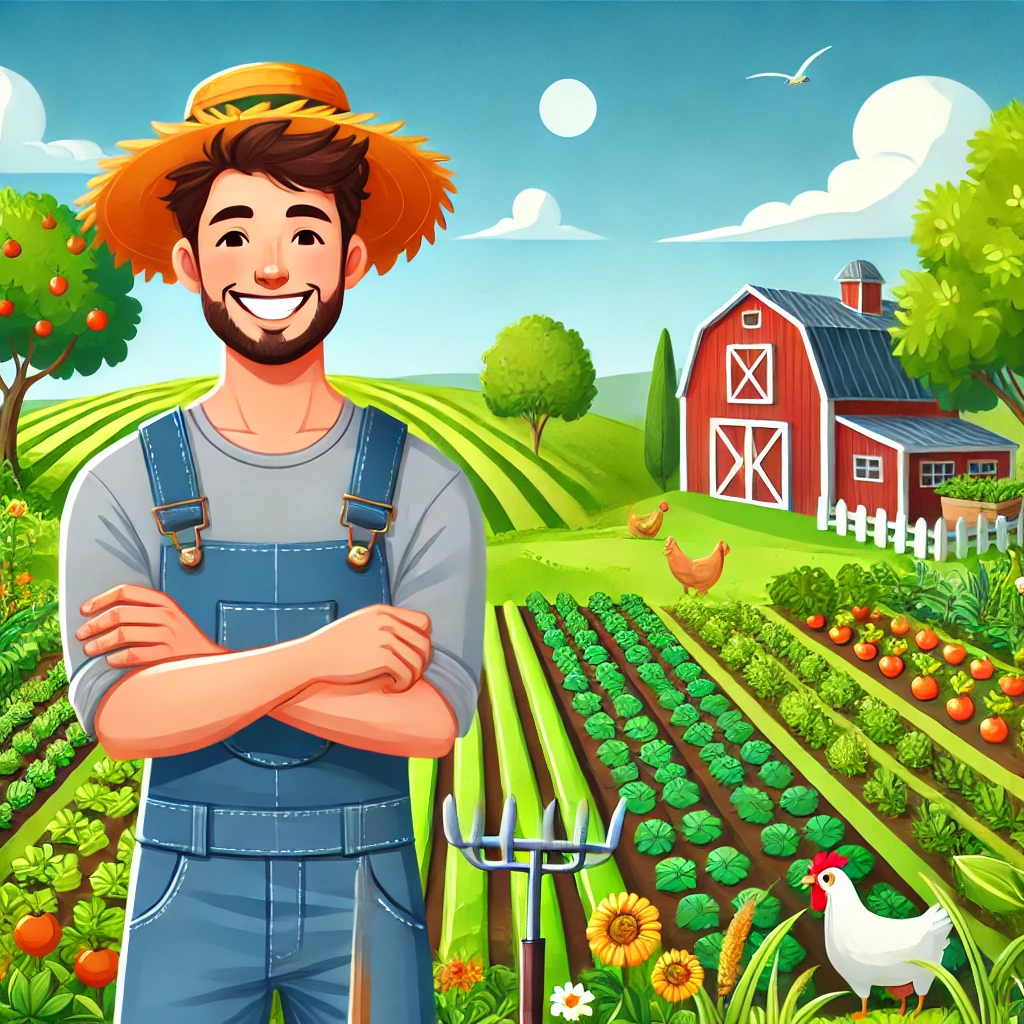For a farmer to successfully manage a dairy farm, goat farm, poultry farm, and traditional farming simultaneously, they need a well-structured plan, efficient resource management, and a strategic approach. Here are some tips to help:
1. Planning and Goal Setting
- Define Clear Goals: Identify what you aim to achieve in each sector (dairy, goat, poultry, and farming). For instance, target milk production, egg yield, or crop harvests.
- Create a Plan: Develop a detailed plan that outlines timelines, resource allocation, and milestones for each activity.
2. Education and Training
- Gain Knowledge: Learn about best practices for managing each type of farming operation. Attend workshops, watch tutorials, or consult experts.
- Stay Updated: Keep up with new trends, technologies, and methods in each sector to improve efficiency and profitability.
3. Efficient Resource Management
- Land Use: Allocate land based on the needs of each activity. For example, designate areas for grazing, housing poultry and goats, and cultivating crops.
- Water and Feed: Ensure sufficient water supply and proper feed for livestock, and use drip irrigation for crops to save water.
- Waste Management: Use animal waste as organic fertilizer for crops to create a sustainable loop.
4. Time Management
- Prioritize Tasks: Develop a daily schedule to manage the time required for each farm activity.
- Delegate: If possible, hire or train workers to handle specific tasks, such as milking, feeding, or crop maintenance.
5. Integration and Synergy
- Interlink Activities: Use integrated farming practices, such as:
- Utilizing crop residues as feed for goats and poultry.
- Using livestock manure for organic farming.
- Allowing poultry to control pests in crop fields.
- Maximize Resources: For example, grow fodder crops for dairy and goat farms on your land.
6. Financial Management
- Budget Wisely: Prepare a financial plan for each activity. Include costs for feed, equipment, veterinary care, and seeds or fertilizers.
- Diversify Income: Balance risks by ensuring income from multiple streams (milk, meat, eggs, and crops).
- Seek Funding: Look for government schemes, subsidies, or loans for multi-sector farming projects.
7. Health and Hygiene
- Animal Care: Regular veterinary checkups, proper vaccination, and a clean environment are essential for healthy animals.
- Biosecurity: Implement measures to prevent disease spread, especially in poultry and goats.
- Crop Care: Protect crops from pests and diseases through sustainable pest management techniques.
8. Market Research and Sales
- Understand the Market: Research demand for dairy products, goat meat, poultry eggs, and farm produce in your area.
- Value Addition: Process raw products (e.g., making cheese from milk or organic fertilizers from manure) for higher profits.
- Direct Selling: Explore local markets, online platforms, or co-ops to sell your products directly to consumers.
9. Leverage Technology
- Farm Management Apps: Use tools to track animal health, production data, or crop growth.
- Automation: Invest in technology like milking machines, irrigation systems, or automated feeders to save time and labor.
- Data Analysis: Monitor and analyze farm performance regularly to identify areas for improvement.
10. Networking and Collaboration
- Join Groups: Be part of farmer cooperatives or associations to share knowledge and resources.
- Collaborate: Partner with local businesses, such as dairy processing plants or grain mills, to streamline operations and ensure consistent demand.
11. Sustainable Practices
- Rotate Crops: Maintain soil fertility by practicing crop rotation and intercropping.
- Renewable Energy: Use solar or biogas systems to reduce operational costs.
- Conservation: Plant trees and maintain biodiversity to protect the farm environment.
12. Patience and Perseverance
Farming is a long-term commitment. Monitor progress, adapt to challenges, and focus on continuous improvement.
